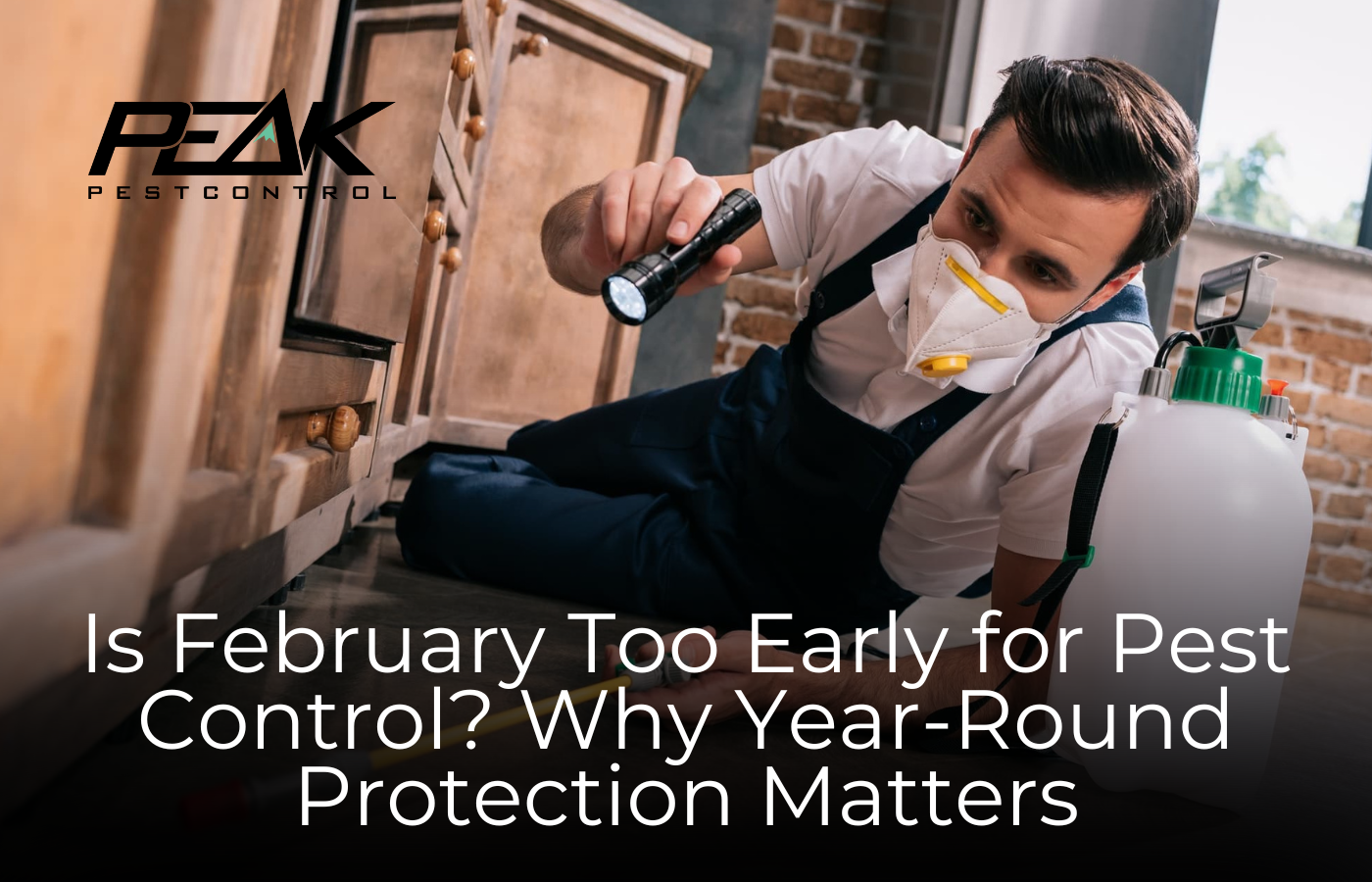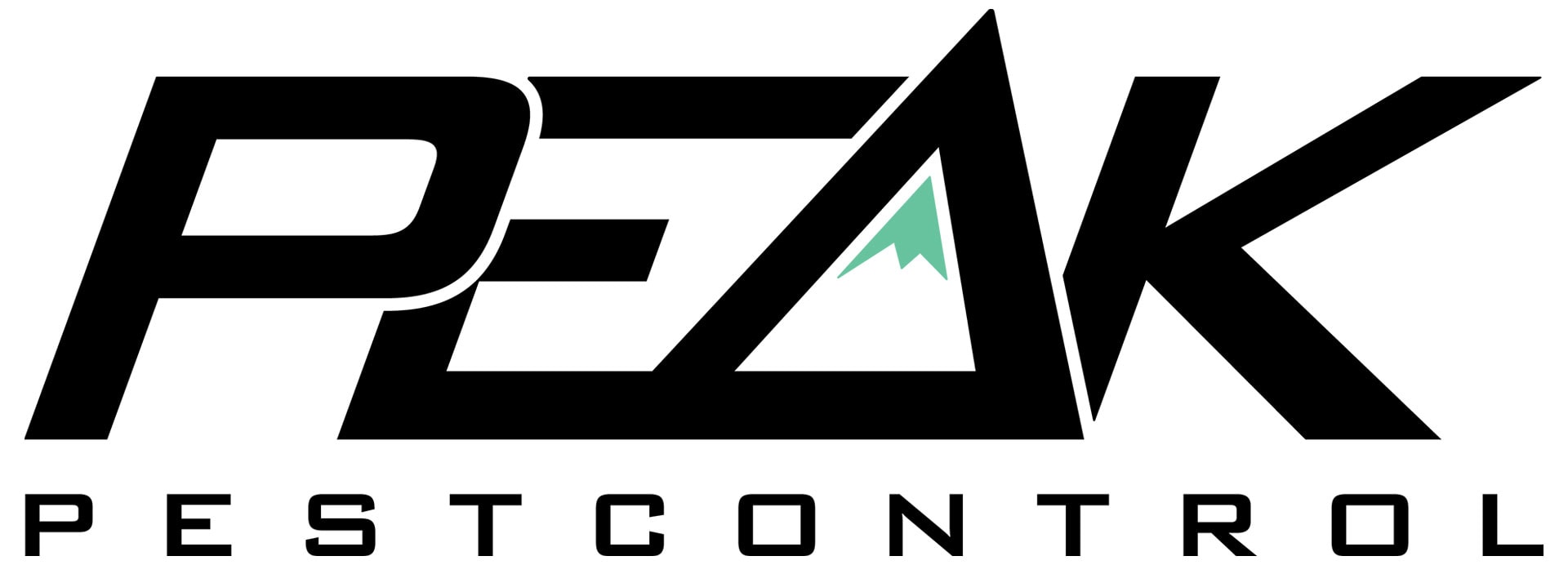The crisp winter air in Reno might suggest a temporary truce with pests, but the reality is far less reassuring.
Here’s why delaying pest control until warmer months risks escalating infestations and how consistent, proactive measures safeguard properties year-round.
Debunking the Myth of Off-Season Pest Control
Many homeowners assume pests hibernate or vanish during colder months, but this misconception overlooks adaptive behaviors. Rodents like mice and rats remain active indoors, seeking shelter in attics, basements, and wall voids. Spiders, particularly black widows, thrive in undisturbed areas like garages, while ants establish early colonies in heated spaces.
Reno’s semi-arid climate exacerbates these challenges. Dry winters drive pests toward moisture-rich indoor environments, where leaky pipes or condensation create ideal breeding grounds. Waiting until spring to address these issues allows populations to grow unchecked, turning minor intrusions into full-scale infestations.
Common Winter Pests in Nevada
- Rodents: Mice exploit gaps as narrow as a pencil width, contaminating pantries and gnawing electrical wiring. Their rapid reproduction—a single pair can produce 150 offspring annually—makes early intervention vital.
- Spiders: Black widows and desert recluses shelter in cluttered storage areas, posing bite risks. Egg sacs hidden in corners hatch in spring, multiplying threats.
- Overwintering Insects: Stink bugs, cluster flies, and ladybugs infiltrate attics, emerging en masse as temperatures rise. Once inside, they stain walls and emit foul odors.
- Ants: Argentine and pavement ants scout for food indoors, establishing trails that expand with warmer weather.
Ignoring these pests in February grants them time to entrench. For instance, a rodent nest undetected in winter can lead to structural repairs by summer, while spider egg sacs overlooked in garages become hundreds of hatchlings.
The Hidden Costs of Delayed Action
- Structural Damage: Rodents gnaw through insulation, drywall, and wiring, increasing fire hazards. Termites and carpenter ants, active year-round, weaken wooden beams. By the time you notice the damage, it’ll be too late to save the structure from being replaced.
- Health Hazards: Mouse droppings spread hantavirus, while cockroach allergens trigger asthma. Delayed treatments prolong exposure to these risks.
- Higher Remediation Costs: Eradicating an established infestation demands more intensive (and costly) measures than preventing one. For example, eliminating a rodent colony in April often requires attic sanitization and wiring repairs absent in early interventions.
Effective pest management hinges on consistency, not reactivity. Year-round plans focus on preventive barriers, habitat modification, monitoring, and adjustments.
As a bonus, investing in year-round pest control yields measurable benefits. For example, homes without a history of infestations appraise higher, as termite damage or rodent-related repairs deter buyers. Consistent monitoring also minimizes the need for aggressive pesticides, safeguarding pollinators and indoor air quality. Finally, knowing your home is protected alleviates the stress of unexpected infestations, particularly for families with children or pets.
The Importance of Investing in Year-Round Pest Control
February isn’t a pause button for pest activity. It’s a strategic opportunity to fortify your home’s defenses against pests.
In a region where the High Desert’s beauty coexists with persistent critters, proactive measures are the cornerstone of a safe, comfortable living space.









